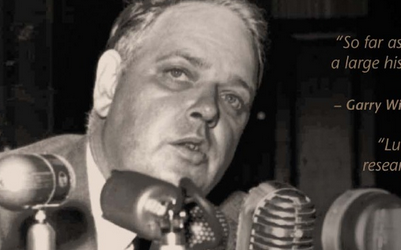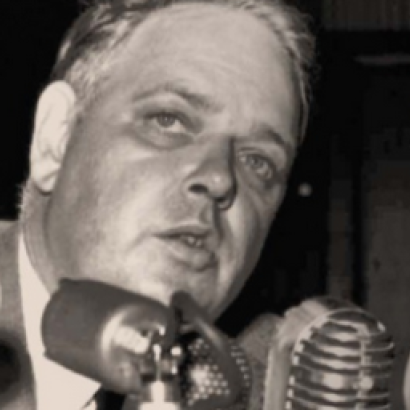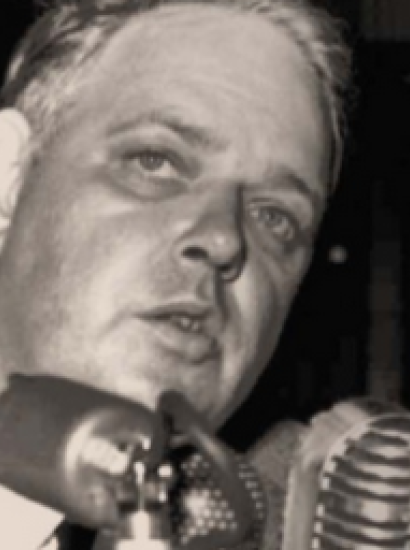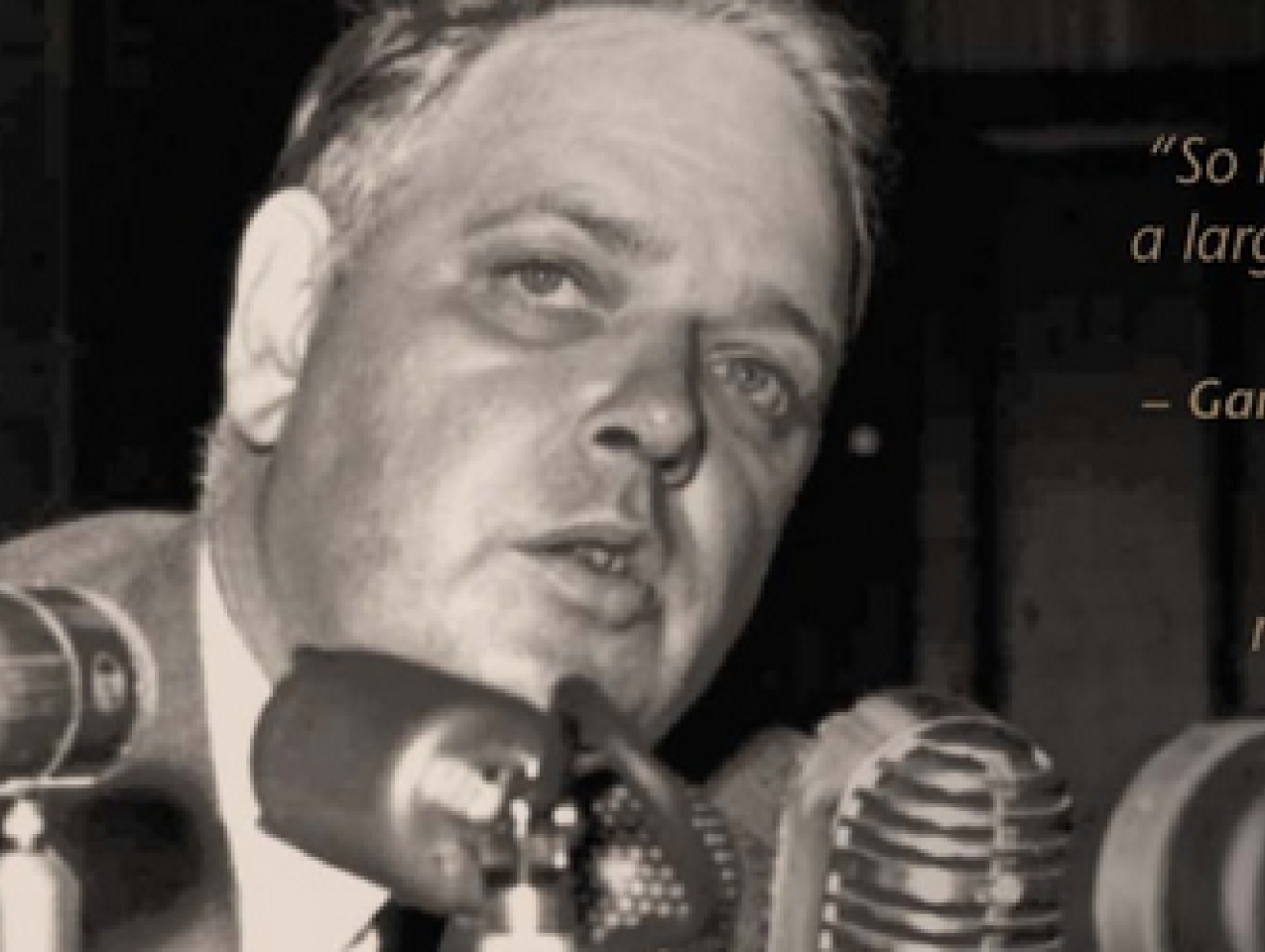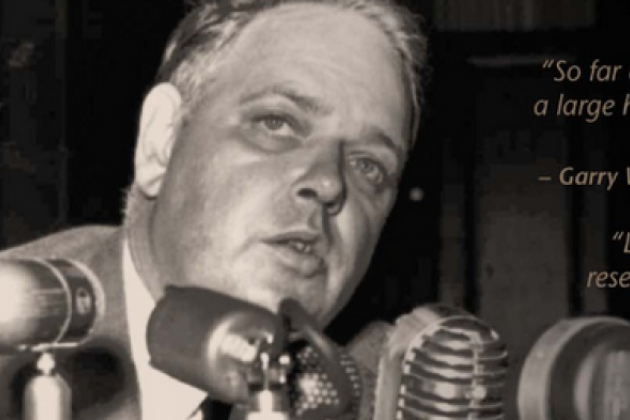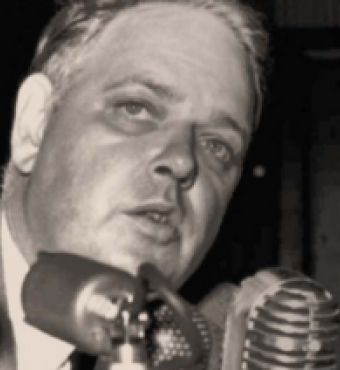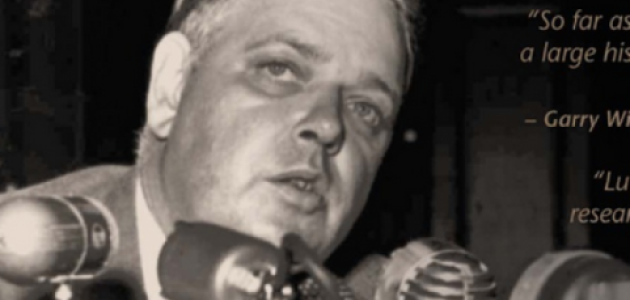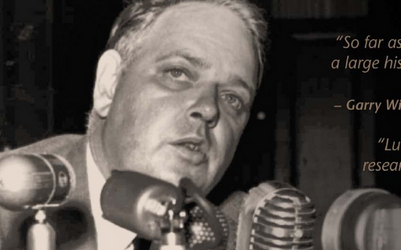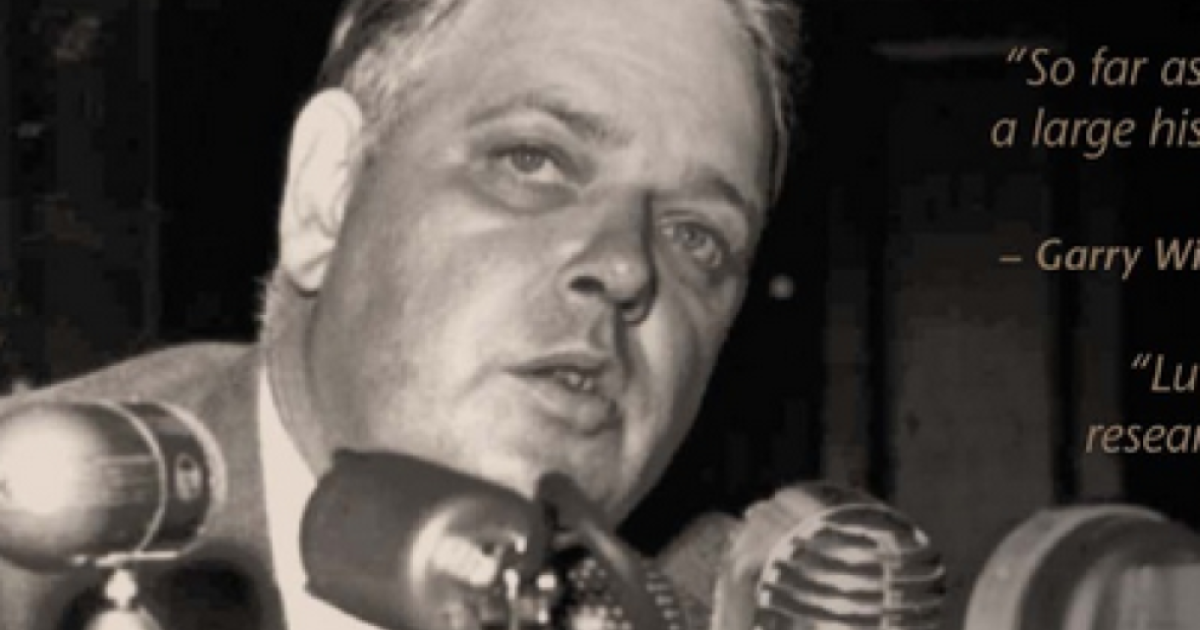- History
Once upon a time, when the Cold War was young, a senior editor of Time accused the president of the Carnegie Endowment of having been a Soviet agent. The Time editor made his charge stick, aided by an obscure young congressman from the House Un-American Activities Committee, a tough federal prosecutor, and the director of the FBI. As a result, the Endowment president spent forty-four months in jail and became a cause célèbre; the magazine editor resigned and died a decade later, still obsessed with the case; the prosecutor became a federal judge; the director of the FBI lived to guard the republic against real or imagined enemies for another twenty-five years; and the young congressman left obscurity behind to become the thirty-seventh president of the United States.
When the Hiss-Chambers case broke open, its main characters and events seemed more appropriate to spy fiction than to the realities of American life in the late 1940s. And although more than a half-century has passed since the jury at Alger Hiss’s second trial pronounced him guilty of perjury, the case remains controversial and the verdict leaves questions unanswered. Did Hiss become an undercover Communist while serving as a New Deal official? Did he turn over classified State Department files to Whittaker Chambers, a self-confessed former underground agent for the Communist Party? Or did Chambers, for obscure and malevolent reasons, deliberately set out to frame and destroy a respected public official?
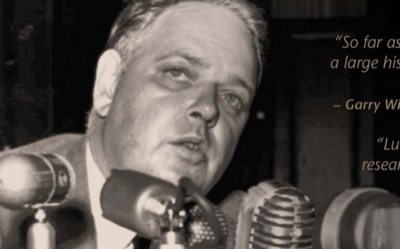
Public debate over the case has resumed over the past several decades. Alger Hiss’s late-1970s appeal for a new hearing based upon allegations of unfair prosecution tactics at his original trials was denied in July 1982.* Hiss’s accuser, Whittaker Chambers, died in 1961, but Alger Hiss continued to profess his complete innocence of Chambers’s allegations until his death in 1996. Richard Nixon’s return to prominence as a policy advocate during the 1980s brought periodic reminders in the American and global media of Nixon’s initial fame as Hiss’s main pursuer in the televised 1948 House committee hearings.
Memoirs by two leading Soviet intelligence chieftains, published in the past decade, both asserted Hiss’s complicity as an agent. Another former Soviet official-turned-historian, urged on by an appeal from a longtime Hiss supporter, at first announced in 1992 that his review of KGB files had turned up nothing on Hiss. Reminded that Chambers had accused Hiss of working not for the KGB’s “civilian” espionage predecessor agency but for Soviet military intelligence and amid widespread international focus on his assertion, the official (possibly after reviewing military intelligence files) recanted his earlier statement and claimed to have been pressured by Hiss’s advocate to issue it.
A Hungarian historian, after reviewing interrogations of a friend and colleague of Hiss’s during the 1930s, Noel Field (opened in Budapest for her inspection in 1993), announced that Field had not only admitted his own role in Soviet espionage but had implicated Alger Hiss as a confederate. Most recently, in 1996, release of the National Security Agency’s “VENONA” intercepts of cables sent by Soviet spymasters from Washington and New York to Moscow during World War II tagged one agent—referred to only by his alias “ALES”—as “probably Alger Hiss.” Hiss had been identified years earlier in the memoirs of defecting Soviet agent Oleg Gordievsky using the same alias, and my research in Soviet KGB archives also turned up major new evidence on Alger Hiss’s and Whittaker Chambers’s involvement in Soviet espionage, which I describe in the new edition of my book Perjury.
Thus has “the case” continued to make headlines and attract considerable media attention in the years since my book was first published. My new edition incorporates evidence available only in the past two decades and brings the essential public story of the episode up to the present.
The Hiss-Chambers case caused widespread political damage and much human suffering. Although nothing written at a distance of more than five decades can undo its effects, perhaps this analysis can explain the passion that the case still arouses. Few Americans in that earlier period failed to react: Republicans invoked Hiss’s presumed treachery to accuse the Democrats of condoning Communism-in-government during the New Deal–Fair Deal era. Moreover, in the decades that followed Alger Hiss’s trials, Whittaker Chambers’s life and ideas—widely publicized in his best-selling memoir (Witness) and in other writings— shaped and reinvigorated the conservative movement in the United States.
Many liberals, in turn, viewed the assault on Hiss as the spearhead of a right-wing attempt to discredit the Roosevelt-Truman domestic and foreign policies. “Without the Alger Hiss case,” Earl Latham noted in a study of the Washington spy probes, “the six-year controversy that followed might have been a much tamer affair, and the Communist issue somewhat more tractable.” But the Hiss case “revolutionized public opinion” and left in its wake the legacy of McCarthyism.
Within a month of Hiss’s conviction, the British atomic spy Klaus Fuchs had been arrested and Senator Joseph R. McCarthy had delivered his first Communism-in-government speech at Wheeling, West Virginia, an event that launched his political career. Julius and Ethel Rosenberg were convicted at their New York trial in March 1951, further reinforcing public anger at real and alleged internal security lapses during the previous decade. Richard Nixon’s leadership in the HUAC probe of Hiss-Chambers restored the committee’s prestige and gave Nixon the reputation of a successful spy hunter, helping him gain a Senate seat in 1950 and the vice presidential nomination two years later.
Right-wingers turned Hiss into a symbol of the supposed treason that lay behind New Deal policies, particularly in the State Department. Those, like the 1952 Democratic presidential candidate, Adlai E. Stevenson, who had believed in Alger Hiss prior to his conviction, found themselves on the defensive. “A native American, a man groomed for national leadership,” in the words of Joseph Goulden, had been “shown to be susceptible to subversion for a foreign power.” That someone of Hiss’s background would become a Soviet agent seemed as improbable to many Americans as Harold “Kim” Philby’s exposure as a veteran Russian operative would later appear to many in Great Britain.
The symbolic lines were sharply drawn. For some, Alger Hiss’s close association with New Deal radicals and with the wartime policy of Soviet-American entente corroborated his guilt. For others, Hiss’s activities confirmed his innocence. But the clash of symbols did little to encourage efforts to analyze the evidence closely. Rather, it tended to confirm preconceptions. This attitude of partisan exhortation has characterized almost every early book written on the case, with the notable exception of Alistair Cooke’s.
Those politically and temperamentally disposed to support Hiss generally relied on a welter of conspiracy theories, which shared an underlying theme: that Whittaker Chambers perjured himself. Beyond that, the scripts invariably alternated between named and nameless plotters.
For over two decades after his release from prison, Alger Hiss tried to renew interest in the case. His efforts proved unsuccessful until, thanks to the Watergate crisis and the downfall of his former nemesis, Richard Nixon, Hiss regained public prominence. This time a new generation of Americans, unfamiliar with the complex facts of the case, responding both to the renewed publicity and to a post-Watergate penchant for conspiracies, hearkened to the claims of innocence expressed by Hiss in lectures, press conferences, and radio and television appearances.
Even before, many of the active left-liberals growing up in the Silent Fifties were well disposed to believe Hiss’s version of events. His innocence was a matter of faith, if only because Chambers, Nixon, Hoover, and others on the anti-Communist right were his political enemies. Hiss’s fate symbolized for young liberals the quintessence of McCarthyism, its paranoid fear of any public figure to the left of Dwight Eisenhower.
Editor's note: The essay above is an excerpt of Perjury: The Hiss-Chambers Case (Hoover Press, 2013).







